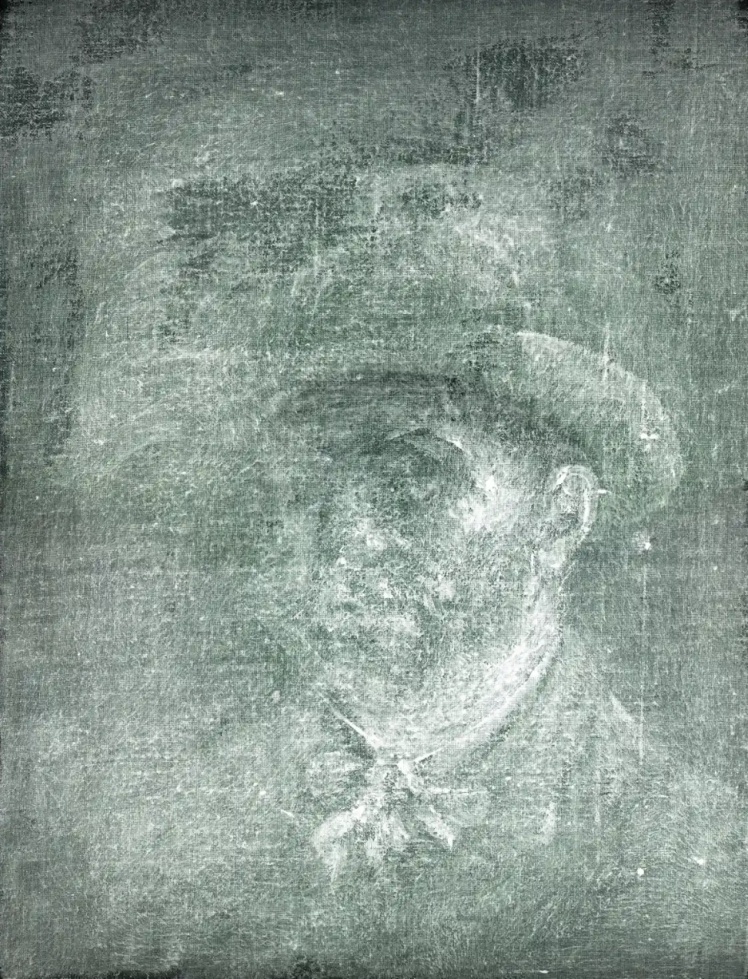In the National Gallery of Scotland, during the study of paintings by Vincent van Gogh, a hidden self-portrait of the artist was discovered.
The Guardian writes about it.
It is about the masterʼs work called "Head of a Peasant Woman". During an X-ray examination, a portrait of Van Gogh was discovered on the back of the painting.
"We werenʼt expecting anything special," says the galleryʼs senior curator Leslie Stevenson of the "modest little painting" donated in 1960 by Edinburgh barrister Alexander Maitland. It was X-rayed during cataloging and preparation for the summer exhibition of French Impressionism at the Royal Scottish Academy.
Researchers suggest that the painting is part of a series of experimental self-portraits painted on the reverse side of early canvases created between 1883 and 1885 when the artist lived in the southern Netherlands. There he created a series of sketches of peasant life in preparation for writing his early masterpiece, The Potato Eaters.
Frances Fowle, the curator of French art, said the discovery, a first for any British museum, added to the understanding of a crucial period in Van Goghʼs artistic development when he first encountered the work of the French Impressionists after moving to Paris in 1886, where he supported by his brother Theo and where he met avant-garde artists such as Henri de Toulouse-Lautrec and Emile Bernard. Inspired by the paintings of Georges Seurat and Paul Gauguin, he chose a more colorful and expressive style of painting, experimenting for the first time with the "broken brush", using himself as a model and reusing canvases to save money.
Restorers will now try to restore the self-portrait, which is in an uncertain state under layers of glue and cardboard while preserving the original painting. "Itʼs like a step into the unknown. The task will be to remove the glue from the layers of oil paint,” explained Stevenson.
